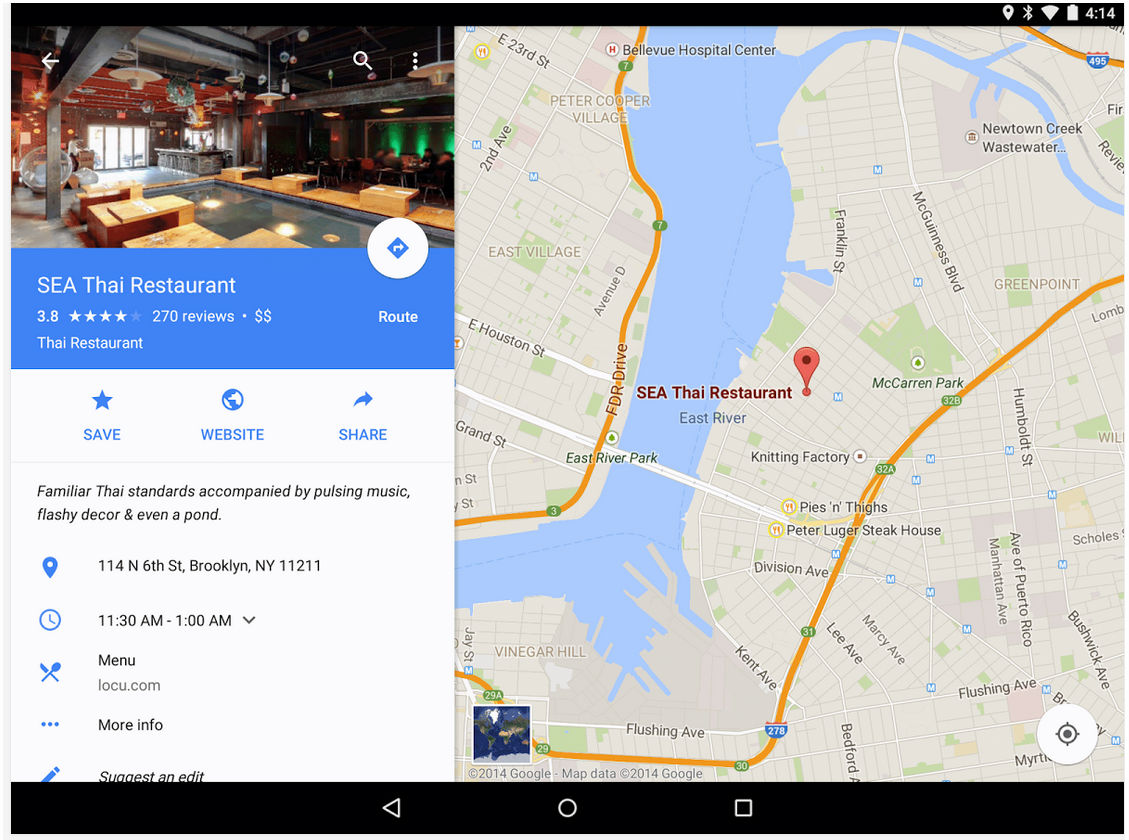

Racial and ethnic differences: African-Americans and Hispanics have been somewhat less likely than whites or English-speaking Asian-Americans to be internet users, but the gaps have narrowed.Still, the class-related gaps have shrunk dramatically in 15 years as the most pronounced growth has come among those in lower-income households and those with lower levels of educational attainment. Similarly, those who live in households earning more than $75,000 are more likely to be internet users than those living in households earning less than $30,000. Class differences: Those with college educations are more likely than those who do not have high school diplomas to use the internet.Age differences: Older adults have lagged behind younger adults in their adoption, but now a clear majority (58%) of senior citizens uses the internet.In this report, we cover some of the major demographic trends that lie beneath the topline adoption numbers and highlight: At the same time, digital gaps still persist. For other groups, such as older adults, those with less educational attainment, and those living in lower-income households, adoption has historically been lower but rising steadily, especially in recent years.
#Click map for internet access full
Source: Pew Research Center surveys, 2000-2015.Ī new analysis of 15 years-worth of data highlights several key trends: For some groups, especially young adults, those with high levels of education, and those in more affluent households, internet penetration is at full saturation levels. 84% of American Adults Use the Internet Year


 0 kommentar(er)
0 kommentar(er)
